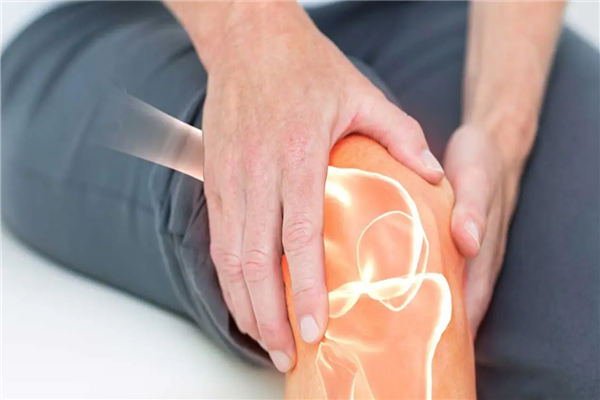Joint pain is a common problem for people of all ages and can be caused by a wide range of conditions, from arthritis to sports-related injuries. While surgery and medication are often the go-to treatments for joint pain, there are a number of non-invasive treatment options offered by medical clinics like Regenesiss Orthobiologics available in the market that can help to reduce pain and inflammation.

Image Source: Google
Stretching and exercise are two of the most effective treatments for joint pain. Gentle stretching can help to reduce stiffness in the joints, while strengthening exercises can help to improve joint function and reduce pain. Low-impact activities, such as swimming and walking, are especially beneficial for joint pain sufferers as they place less stress on the joints.
Heat and cold therapy can also be used to help reduce joint pain. Applying a hot or cold compress to the affected area can help to reduce inflammation and relax tight muscles, which can help to alleviate pain.
Massage is another effective treatment for joint pain. Massage helps to increase circulation and reduce tension in the muscles around the affected joint, which can help to reduce pain and stiffness.
Acupuncture is a traditional Chinese medicine technique that involves the insertion of thin needles into specific points on the body. Acupuncture helps to stimulate the body’s natural healing response, which can help to reduce pain and inflammation.
Finally, dietary changes can also help to reduce joint pain. Eating a balanced diet rich in anti-inflammatory foods, such as fruits, vegetables, and fish, can help to reduce inflammation and ease pain.
Joint pain can be a debilitating condition, but there are a number of non-invasive treatments available that can help to reduce pain and inflammation. By combining stretching, exercise, heat and cold therapy, massage, acupuncture, and a balanced diet, joint pain sufferers can find relief and improve their quality of life.
